Classic Chinese
Peking Duck
Peking duck is a culinary masterpiece that has captivated taste buds for centuries. Originating from Beijing (formerly known as Peking), this dish is renowned for its crispy skin, succulent meat, and the artful way it's served. While the traditional method requires specialized equipment and skills, I'm excited to share a simplified version that you can recreate in your own kitchen.
Chef's Notes:
- Peking duck is a legendary Chinese dish known for its crispy skin and tender meat.
- The traditional preparation process takes about 40 hours and requires specialized equipment.
- With some modifications, it's possible to create a delicious home version of this iconic dish.
The History and Tradition
Peking duck has a rich history dating back to the imperial kitchens of China. It's said that the dish was first mentioned in a cookbook during the Yuan dynasty, around 1330. Over time, it evolved into a symbol of Chinese gastronomy, beloved by emperors and commoners alike.
In a traditional setting, the preparation of Peking duck is nothing short of an art form. Skilled chefs spend years perfecting their technique, from selecting the right duck to the precise carving method. The process typically takes about 40 hours from start to finish, involving air-drying, specialized ovens, and a specific wood for smoking.
The Home Version: Simplified but Satisfying
While we can't replicate the exact restaurant experience at home, we can create a version that captures the essence of this iconic dish. Our simplified recipe retains the key elements: crispy skin, flavorful meat, and the classic accompaniments.
Here's what you'll need to embark on your Peking duck adventure:
- 1 whole duck (about 2.5kg/5.5lb)
- 2 tablespoons fine salt
- 2 tablespoons maltose (or honey)
- 120ml hot water
- 1 teaspoon vinegar
- Stuffing ingredients (scallions, garlic, apples, star anise, cinnamon, bay leaves)
- Sweet bean sauce (Tian Mian Jiang)
- Peking duck pancakes
- Julienned scallions and cucumber
The Preparation Process
1. Start a day ahead: Begin by thoroughly cleaning the duck and patting it dry.
2. Salt rub: Massage the duck inside and out with salt. This helps to dry out the skin, crucial for achieving that coveted crispiness.
3. Air-dry: Place the duck in the refrigerator, uncovered, for 24 hours. This step is key to developing the right texture.
4. Prepare the syrup: Mix maltose (or honey), hot water, and vinegar. This will be used to baste the duck, creating a beautiful glaze.
5. Stuff the duck: Fill the cavity with aromatics like scallions, garlic, apples, and spices. This infuses the meat with flavor from the inside out.
6. Baste and roast: Brush the duck with the syrup mixture and roast in a preheated oven at 425°F (220°C) for about 1 hour and 15 minutes, basting every 15 minutes.
7. Rest and carve: Let the duck rest for 10 minutes before carefully carving it into thin slices.
The Art of Serving
Serving Peking duck is an experience in itself. Traditionally, the skin is served separately from the meat, accompanied by thin pancakes, scallions, cucumber, and a sweet bean sauce.
To eat, spread a small amount of sauce on a pancake, add a piece of crispy skin and some meat, top with scallions and cucumber, then roll it up. The combination of textures and flavors is simply divine.
Beyond the Duck: Utilizing Every Part
In true Chinese culinary tradition, no part of the duck goes to waste. After enjoying the meat and skin, you can use the carcass to make a flavorful soup. Simply simmer it with some vegetables like napa cabbage or winter melon for a comforting end to your meal.
Nutrition Facts
Nutrient amount per serving
-
- Calories: 350
- Total Fat: 22g
- Saturated Fat: 6g
- Cholesterol: 95mg
- Sodium: 450mg
- Total Carbohydrate: 15g
- Protein: 25g
Note: Values are approximate and based on a typical serving of Peking duck with pancakes and sauce.
FAQs
Can I use a different type of duck?
While Long Island ducks are traditionally used, you can use any duck available to you. Just ensure it's fresh and of good quality for the best results.
What can I substitute for maltose?
If you can't find maltose, honey makes an excellent substitute. It will still give you that beautiful glaze and slightly sweet flavor.
How long can I store leftover Peking duck?
Leftover Peking duck can be stored in an airtight container in the refrigerator for up to 3 days. Reheat it in the oven to maintain the crispy skin.
Is it possible to make a Peking duck without an oven?
While an oven gives the best results, you can adapt the recipe for a stovetop method. It won't be the same, but you can still achieve a delicious duck dish.
What's the best way to make the pancakes if I can't find them in stores?
You can make a simple version at home using flour, boiling water, and a bit of oil. Roll them out thinly and cook briefly on a dry pan for homemade pancakes.
Creating Peking duck at home might seem daunting, but with patience and the right techniques, you can achieve a result that's both impressive and delicious. While it may not be identical to what you'd find in a specialized restaurant in Beijing, this home version will still provide a memorable dining experience. So gather your ingredients, invite some friends over, and embark on this culinary adventure. Happy cooking!







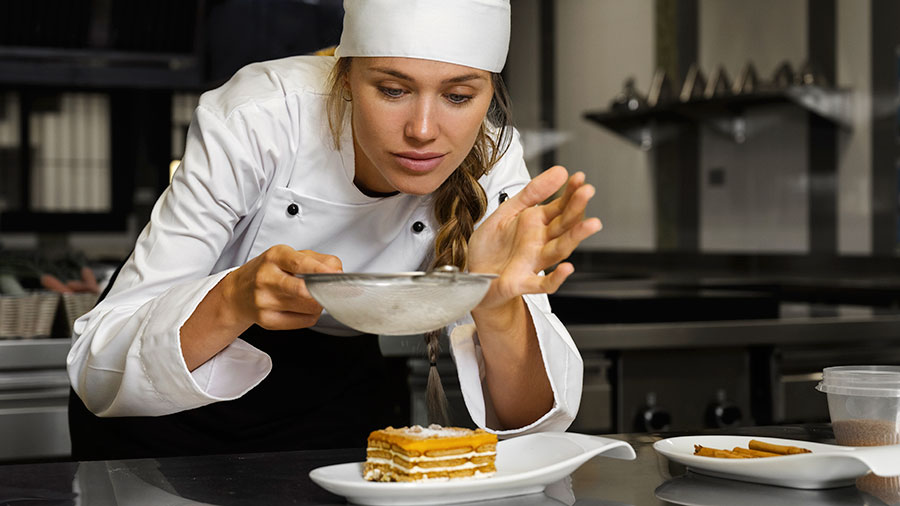

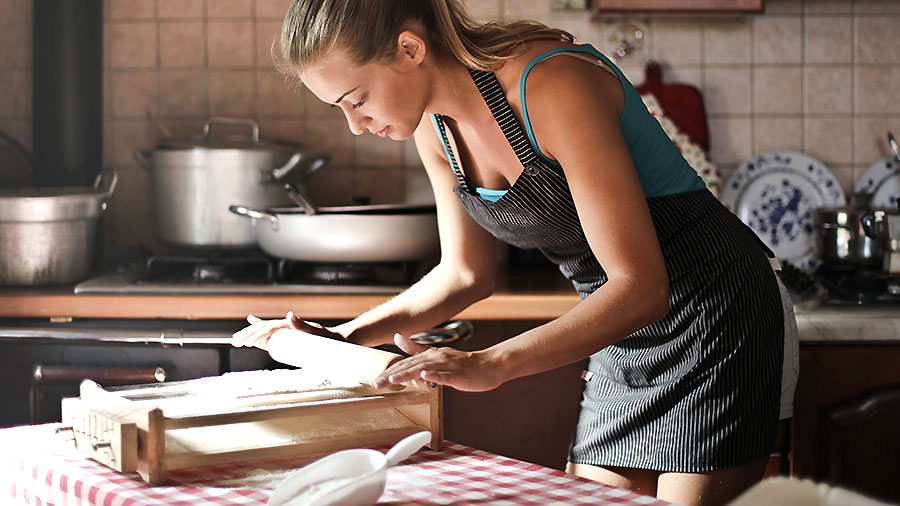

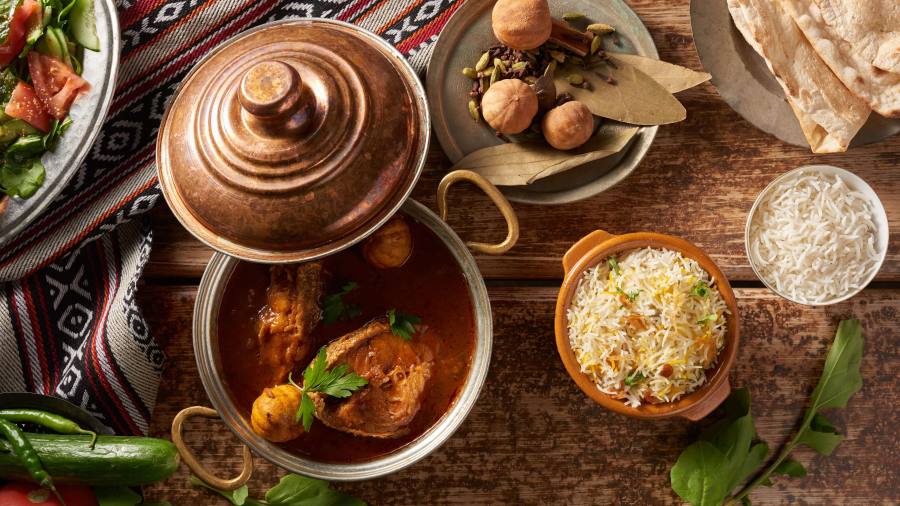












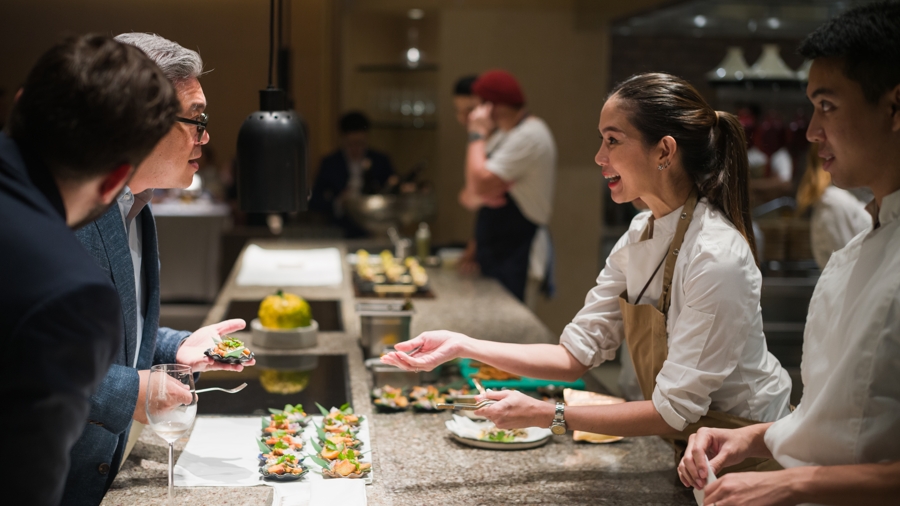




 Gastronomy Cities
Gastronomy Cities
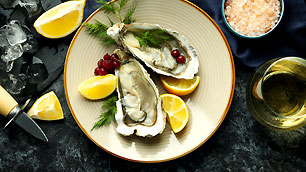 Amazing Food
Amazing Food
 Chef's Talk
Chef's Talk